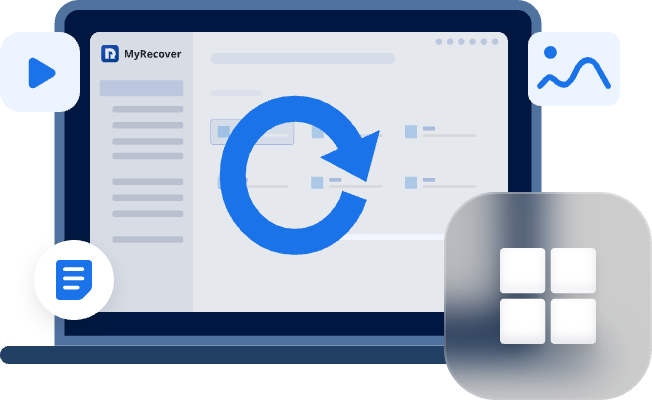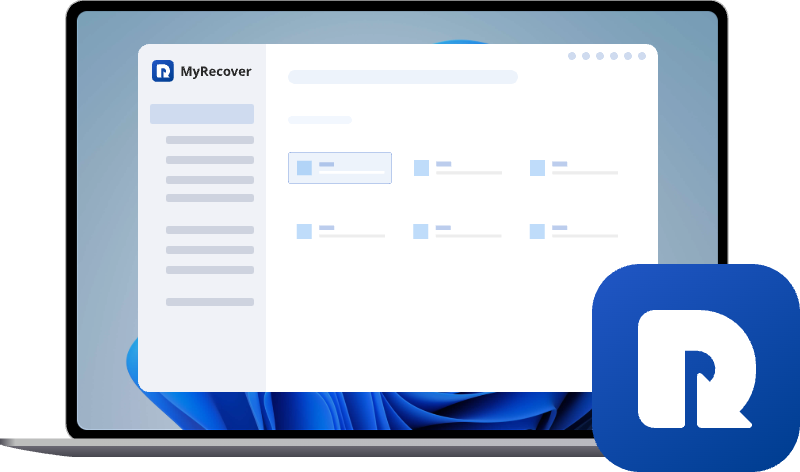How to Recover 0 Byte Files (Step-by-Step Guide)
Wondering about 'file showing 0 bytes, how to recover'? This guide covers the best methods and tools to restore 0 byte files caused by corruption, crashes, or transfer errors, ensuring your valuable data gets back safely without any hassle.
Introduction – What Are 0 Byte Files?
A 0-byte file is a file that appears on your computer with no data inside it—its size is literally 0 bytes. It may still have the correct name and extension (like .docx, .jpg, or .mp4), but when you try to open it, it won’t load.
Simply put, the file exists, but its content is missing. This can happen due to corruption, incomplete saving, or system errors.
Common Causes of 0 Byte Files
Before you recover, it helps to understand why files become 0 bytes. Let’s look at the usual suspects.
Interrupted File Transfers
Copying or moving files between devices? If the process gets interrupted (say, your PC crashes or you pull out a USB drive too soon), the file might end up incomplete—thus, 0 bytes.
Virus or Malware Attacks
Some malicious software can corrupt or delete file contents, leaving behind an empty shell of the file. This is especially common in ransomware or Trojan attacks.>> Learn how to recover files deleted by virus.
Sudden Power Failure or System Crash
If your system suddenly shuts down while you’re saving or editing a file, the data might not get written correctly, turning it into a 0-byte file.
Corrupted Storage Devices
Bad sectors on a hard drive, USB stick, or SD card can prevent data from being stored correctly. These damaged areas can cause files to lose their data.
Faulty File System or Disk Errors
Sometimes, a corrupted file system or disk structure leads to lost file metadata. Without proper indexing, the file size reads as 0 bytes—even though the data might still be there.
How to Recover 0 Byte Files?
Can 0 byte files be recovered? Good news: Yes! Even though a 0-byte file looks empty, the actual data may still exist in hidden sectors of your drive. You just need the right tools and methods to extract it before it’s overwritten. Let’s go step by step.
Method 1: Use Professional Data Recovery Software (MyRecover)
If you want a quick and effective way to restore lost files, using a professional recovery tool like MyRecover is your best bet.
MyRecover is designed to deep scan storage devices and recover lost, deleted, or corrupted files—even those showing 0 bytes.
Step-by-Step Guide to Use MyRecover
1. Download and install MyRecover on your computer.
2. Launch the software and select the drive where your 0-byte files are located.
3. Click Scan to begin searching for lost data.
4. Preview found files — MyRecover shows a list of recoverable data.
5. Select the 0-byte files you want to restore and click Recover.
6. Save them to a different location (not the same drive) to prevent overwriting.
Method 2: Restore from File History or Backup
If you’ve set up backups (which you should!), this method is the easiest.
1. Using Windows File History
1. Open Control Panel > File History.
2. Click Restore personal files.
3. Browse through your previous versions and select the one you need.
4. Click the Restore icon to recover it.
2. Recover from Cloud or External Backup
If you use OneDrive, Google Drive, or an external hard drive, check for earlier file versions or backups stored there. Restoring from a backup is often faster than deep recovery.
Method 3: Recover 0 Byte Files via Command Prompt (CMD)
Command Prompt can sometimes help fix minor disk or file system issues that cause 0-byte files.
1. Using CHKDSK Command
1. Type cmd in the Windows search bar.
2. Right-click Command Prompt and select Run as administrator.
3. Type:
chkdsk X: /f
(Replace “X” with your drive letter)
4. Press Enter and let it scan for errors.
This fixes corrupted sectors and file system inconsistencies that may cause files to appear empty.
2. Using ATTRIB Command
Another handy command is attrib, which restores hidden or read-only attributes:
attrib -h -r -s /s /d X:\*.*
(Replace X with your drive letter.)
This command removes hidden and system flags that might be preventing file access.
Method 4: Repair File System Errors
You can also use Windows built-in tools to repair corrupted file systems.
Run Disk Error Checking Tool
1. Open File Explorer.
2. Right-click the affected drive and choose Properties.
3. Go to Tools > Error Checking > Check.
4. Follow the prompts to scan and fix detected issues.
This process can repair metadata issues that make files display as 0 bytes.
Method 5: Scan for Malware or Viruses
Since malware can damage files, performing a deep virus scan may prevent further corruption.
- Use a trusted antivirus like Windows Defender, Bitdefender, or Malwarebytes.
- After removal, reattempt recovery using MyRecover or backups.
Preventing Files from Becoming 0 Bytes
The best cure is prevention. Follow these habits to avoid future 0-byte nightmares.
Regular Backups and Power Protection
Use tools like Windows File History, OneDrive, or Google Drive to automatically save your files. Also, consider a UPS (Uninterruptible Power Supply) to prevent power loss during saving.
Keep Software and Antivirus Updated
Always keep your OS, antivirus, and applications updated. Outdated software can cause bugs and security vulnerabilities that lead to file corruption.
Conclusion
Recovering 0-byte files doesn’t have to be rocket science. With the right mix of software recovery, command-line tricks, and prevention habits, you can bring your lost data back and protect it from future disasters. So the next time your file suddenly turns 0 bytes—take a breath, and follow this guide step by step.


